Pam getting in shape for the New Year at The Edge Fitness!



Car: Oldsmobile Delta 88 Holiday Hardtop Two-Door Coupe
Year: 1966
What makes it special: The Oldsmobile 88 was sold and produced from 1949 until 1999. From 1950 to 1974 the 88 was the division’s top-selling line, particularly the entry-level models such as the 88 and Dynamic 88. The 88 series was also an image leader for Oldsmobile, particularly in the early years when it was one of the best performing automobiles thanks to its relatively small size, light weight and advanced overhead-valve high-compression V8 engine. This engine, originally designed for the larger C-bodied and more luxurious 98 series, also replaced the straight-8 on the smaller B-bodied 78.
What made it famous: The B-body cars featured more rounded styling than previous years with Coke-bottle profiles and semi-fastback rooflines on Holiday two-door hardtop coupes. Also introduced this year was a new 425 cubic-inch Super Rocket V8 with horsepower ratings ranging from 300 to 370 depending on carburation and compression ratio. The new 3-speed Turbo Hydramatic transmission with torque converter replaced the Roto Hydramatic used since 1961. Also new to the option list on all B-body cars was a 4-speed manual transmission with Hurst floor shifter, which was a seldom-ordered offering. Few styling changes other than revised grilles and tail sections marked the 1966 full-sized Oldsmobiles.
Why I would want one: It’s a big car, but the styling makes it feel more custom and muscle car than land yacht. Just a good-looking, big car.
Fun fact: With the large, high performance V8, the Oldsmobile 88 is widely considered to be the first muscle car, although this title is disputed.
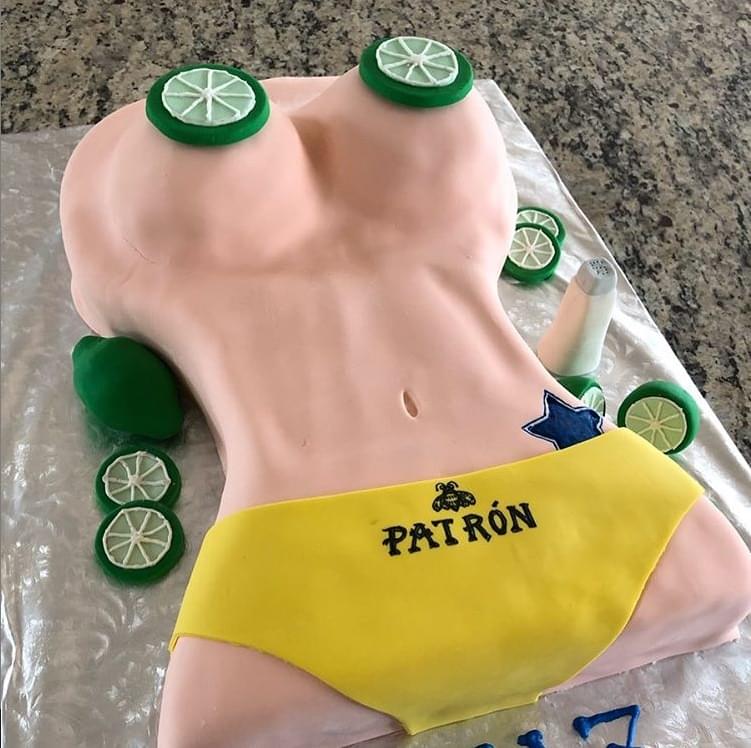
Chaz’s Cake, Scot Haney
AJ Nearly Lost a Finger
Street Pete’s Court Audio – Best of 2018
#DumbAssNews – Drunken New Year’s Resolutions
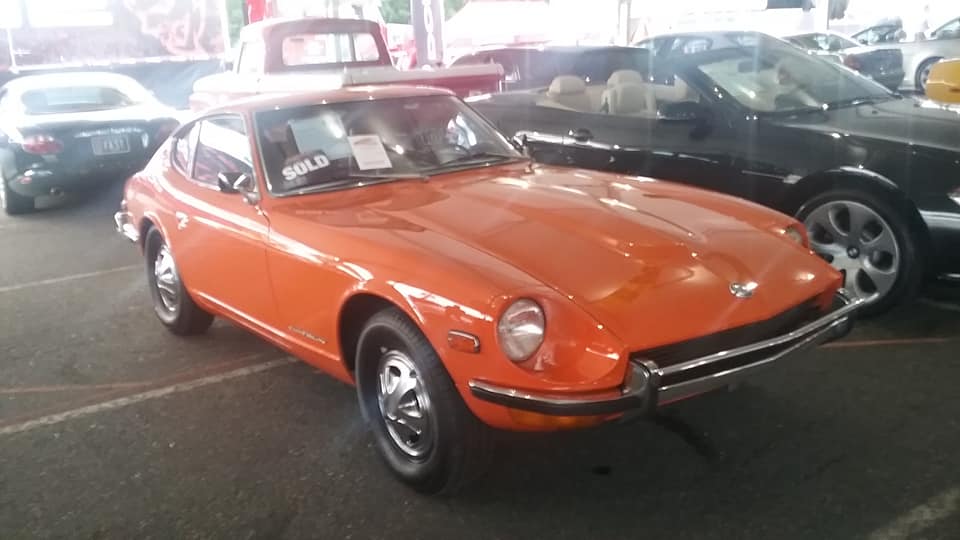
Car: Datsun 240-Z Coupe ( aka Nissan S30 )
Year: 1972
What makes it special: The Nissan S30, sold in Japan as the Nissan Fairlady Z and in other markets as the Datsun 240Z, then later as the 260Z and 280Z, was the first generation of Z GT two-seat coupes, produced by Nissan Motors, Ltd. of Japan from 1969 to 1978. One of the most successful sports car lines ever produced, the trend-setting S30 was designed by a team led by Yoshihiko Matsuo, the head of Nissan’s Sports Car Styling Studio. Seeking to compete head-to-head with established European sports cars, Datsun priced the new 240Z within $200 of the British MGB-GT in the United States, a five-year-old design that showed its age. As a “Halo” car, the 240Z broadened the acceptance of Japanese car-makers beyond their econobox image.
What made it famous: The 240Z’s sleek styling, modern engineering, relatively low price, and impressive performance struck a major chord with the public. In mid-1971, for the Series II 240Z-cars, the sail pillar emblems were restyled with just the letter Z placed in a circular vented emblem, and the vents were eliminated from the hatch panel of the car. Powering these sleek little sports cars was a 2,393 cc 2.4 L; 146.0 cu in L24 inline-six engine, cast iron block, alloy head, two valves per cylinder, seven-bearing crankshaft, SOHC, with a 9.0:1 compression ratio 9.0:1. It’s maximum recommended engine speed was 7,000 rpm. It was backed by a 4-speed manual transmission: 3.364:1.
Why I would want one: I had the 1979 280-ZX, and loved it. The 240-Z was smaller, and a much-better looking car in my opinion. It had more of a sports car look and feel.
Fun fact: In 2004, Sports Car International named this car number two on their list of Top Sports Cars of the 1970’s.

April Macie’s Feet and Childhood Celebrity Crush
Pam’s Big Announcement
Boss Keith’s Top 5 New Year’s Resolutions
#DumbAssNews – Mega Doodoo?
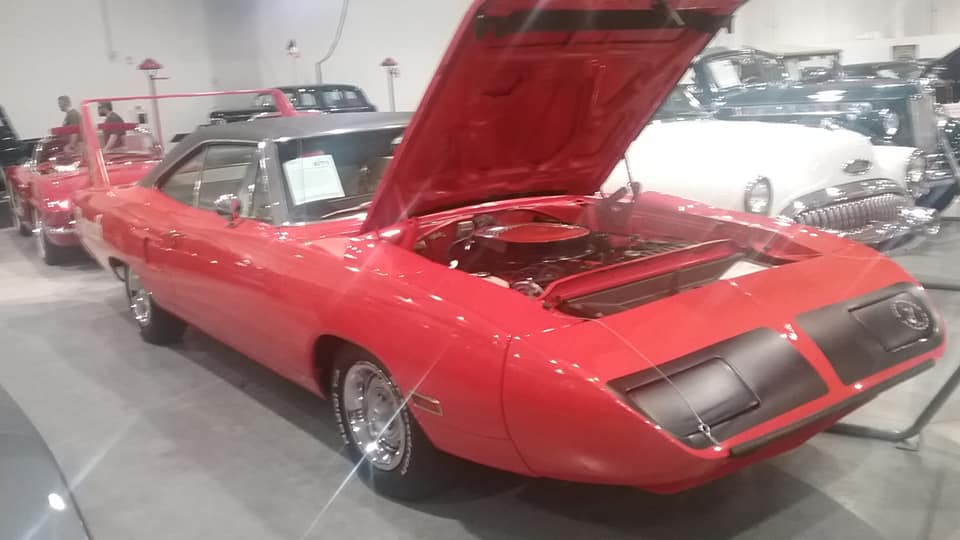
Car: Plymouth “Superbird”
Year: 1970
What makes it special: The Superbird was a highly modified, short-lived version of the Plymouth Road Runner with well-known graphics and horn sound. It was the factory’s follow up stock car racing design, for the 1970 season, to the Dodge Charger Daytona of 1969, and incorporated many engineering changes and modifications both minor and major garnered from the Daytona’s season in competition. NASCAR’s homologation requirement demanded that vehicles to be raced must be available to the general public and sold through dealerships in specific minimum numbers. For 1970, NASCAR raised the production requirement from 500 examples to one for every two manufacturer’s dealers in the United States; in the case of Plymouth, that meant having to build 1,920 Superbirds. Due to increasing emissions regulations, combined with insurance spike for high performance cars and NASCAR’s effective ban on the aero cars, 1970 was its only production year.
What made it famous: The car’s primary rival was the Ford Torino Talladega, a direct response to the Mopar aero car. Both of the Mopar aero cars famously featured a protruding, aerodynamic nosecone, a high-mounted rear wing and, unique to the Superbird, a horn which mimicked the Road Runner cartoon character. Superbirds equipped with the top-of-the-line 426 cu in Hemi engine with a pair of 4-barrel Carter AFB carburetors ( 2x4bb ) producing 425 hp could accelerate from 0 to 60 mph in 5.5 seconds.
Why I would want one: Any kid who grew up in that time period ( the 60’s & 70’s ) wanted one of these when they came out. It was not only an icon, but the first “Supercar” of its time.
Fun fact: It has been speculated that a motivating factor in the production of the car was to lure Richard Petty back to Plymouth.

Mike reviews Grateful Dead’s Europe ’72. An album full of classic Dead hits recorded all over Europe! How’d you rate this one?
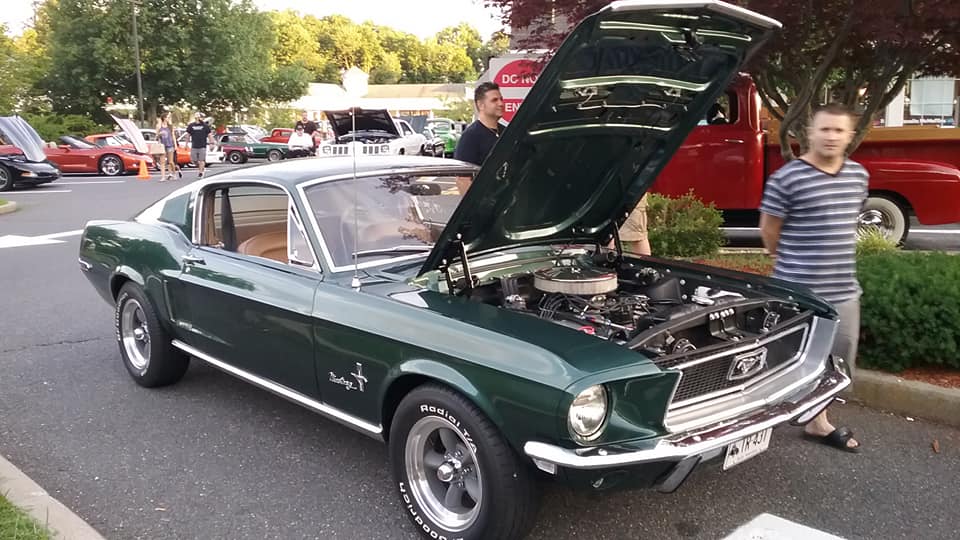

Chaz Attacked by Bull on Vacation
AJ’s Fantastic Vacation
Special Christmas Gifts
#DumbAssNews – The Viral Shower Singer
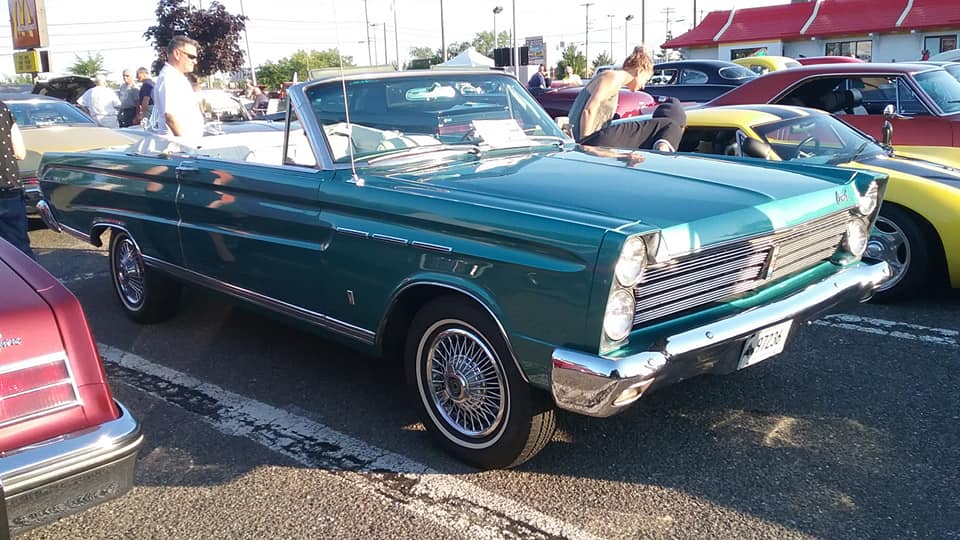
Car: Mercury Comet Caliente’ Convertible
Year: 1965
What makes it special: The Comet was produced by Mercury from 1962–1969 and 1971-197, variously as either a compact or an intermediate car. It was initially based on the compact Ford Falcon, then on the intermediate Ford Fairlane and finally on the compact Ford Maverick. As a Mercury, early Comets received better grade interior trim than concurrent Falcons, and a slightly longer wheelbase.
What made it famous: For 1965, the Comet received updated styling front and rear, including stacked headlights, similar to what Pontiacs and Cadillacs would use at the same time. The base 6-cylinder engine was increased from 170 cid to 200 cid. Still using a single-barrel carburetor, it produced 120 hp at 4400 rpm. The base 8-cylinder engine was increased from 260 to 289 cid and, using a 2-barrel carburetor, it produced 200 hp at 4400 rpm. The standard transmission continued as a column-shifted 3-speed manual transmission. The optional automatic was changed to a “Merc-O-Matic” 3-speed automatic transmission, essentially a Ford C4 transmission. The 289 V8 was available in three horsepower ratings, base 2-barrel 200 hp, 4-barrel 225 hp, and the premier driveline option was the 289 cubic inch, 271 hp, high-performance engine and 4-speed manual transmission found on the Ford Mustang.
Why I would want one: Well, this one’s not to hard to figure out. I love Falcons, Fairlanes and Mavericks, so it’s no surprise that I’d also want the Mercury variants of those sister models.
Fun fact: The “Comet” name was trademarked to Cotner-Bevington as the Comet Coach Company, building ambulance and hearse commercial vehicles. Ford bought the name in 1959.